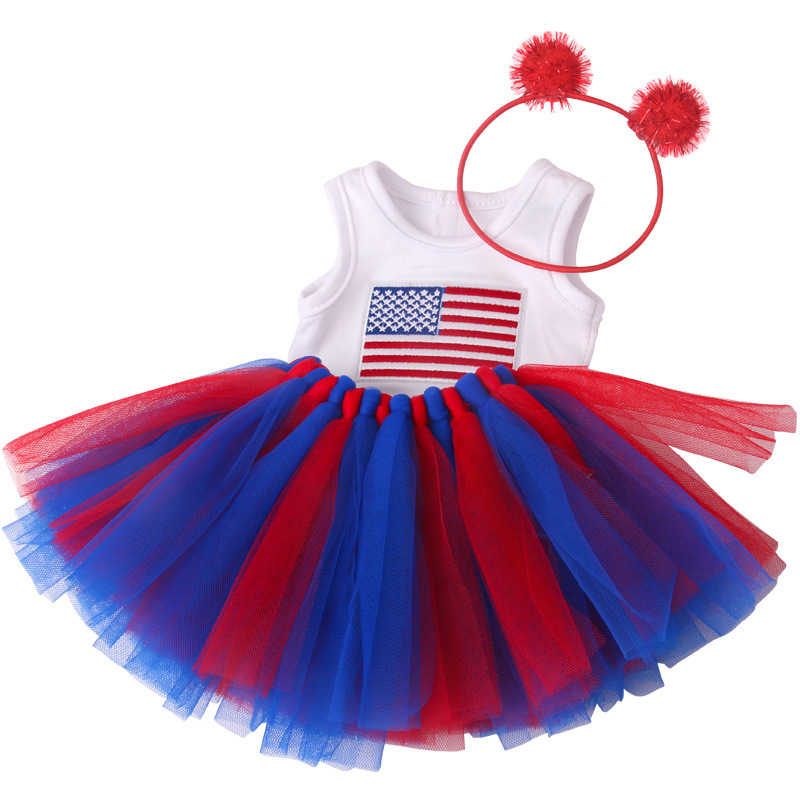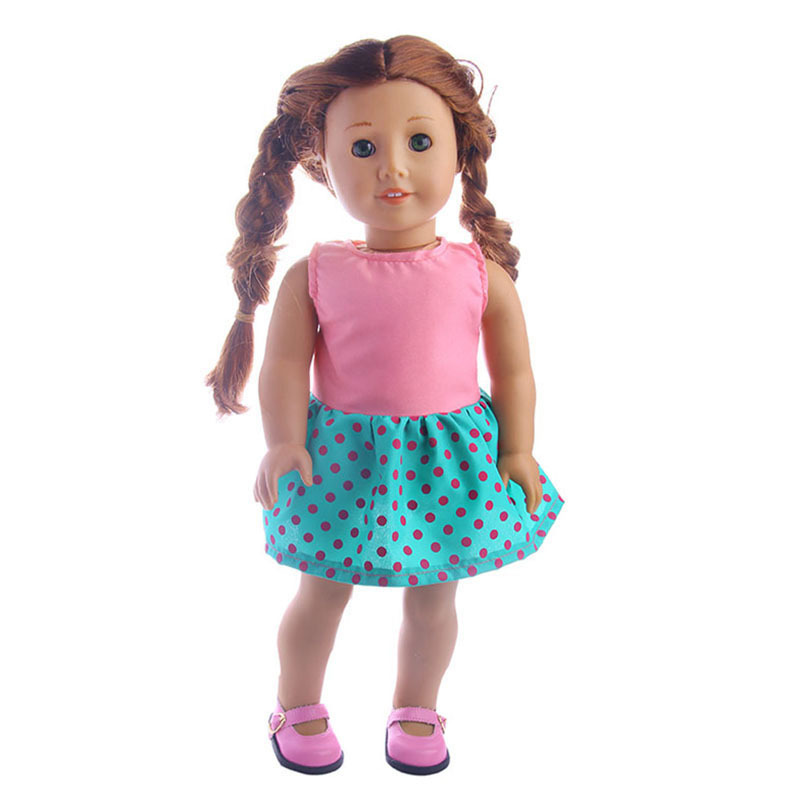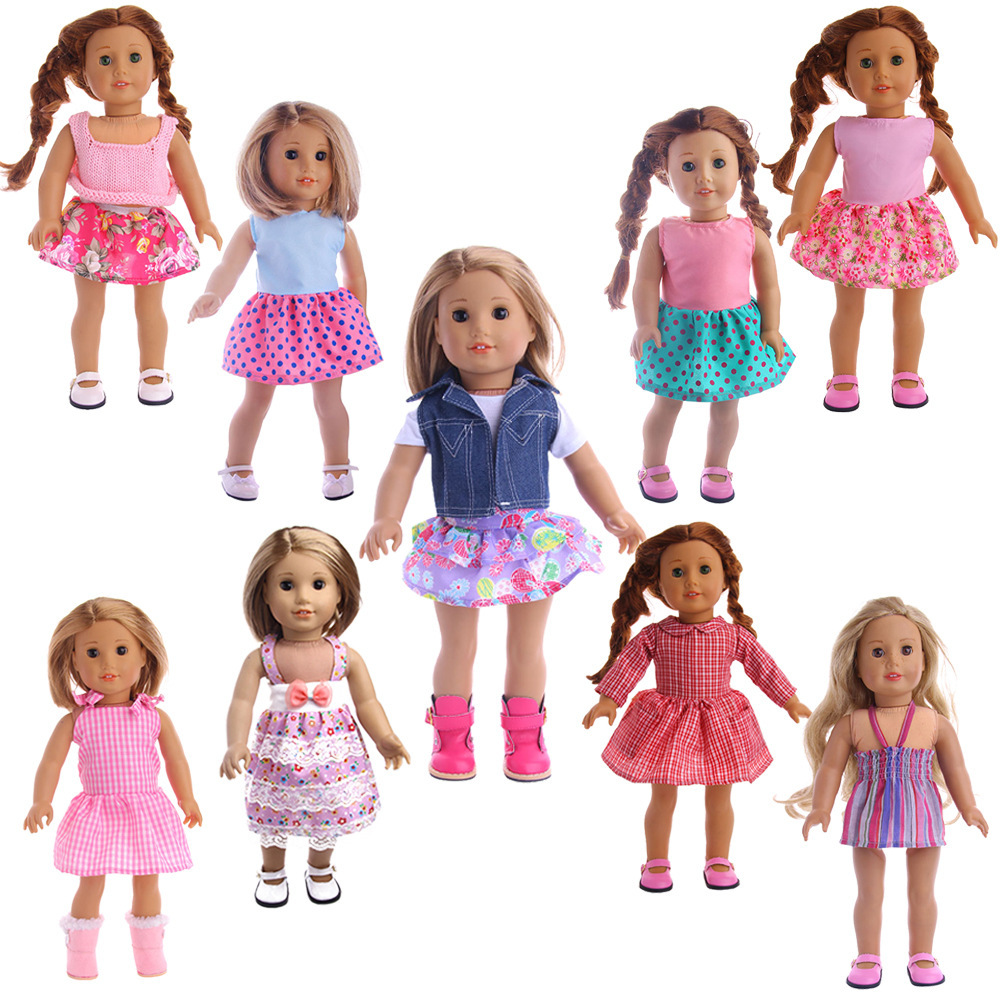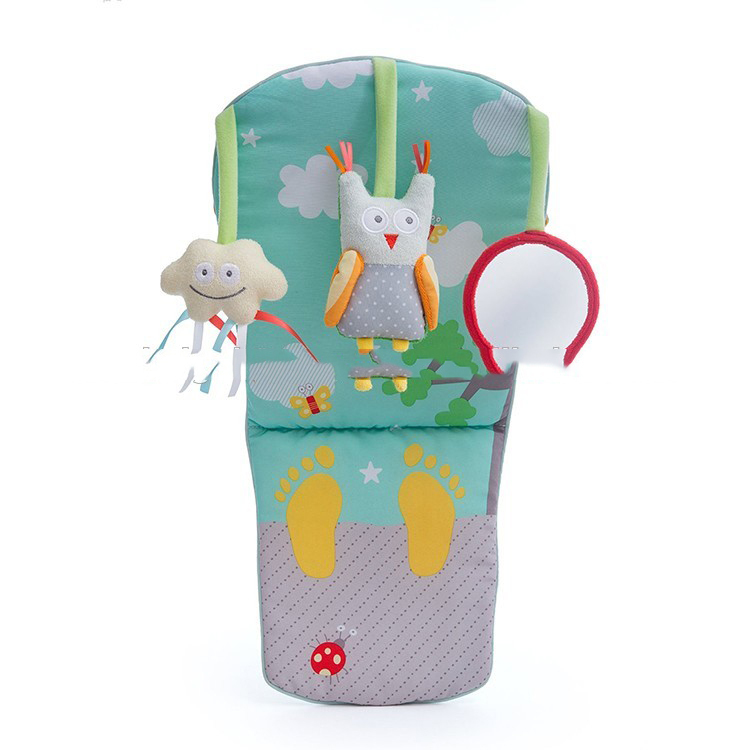I. Introduction to Themes and Characters
Welcome to the fascinating world of themes and characters! In this article, we will delve into the intricate details of how themes and characters shape the narratives we love. Whether you’re a literature enthusiast, a movie buff, or simply someone who appreciates a good story, understanding the importance of themes and characters is essential.
Themes and characters are the backbone of any narrative. They provide depth, meaning, and emotional resonance to the story. Themes are the underlying messages or ideas that the author or creator wants to convey, while characters are the individuals who drive the plot forward and bring the themes to life.
When analyzing themes and characters, one of the key aspects to consider is plot development. Plot development refers to the progression of events in a story, how they unfold, and how they contribute to the overall narrative. It is through plot development that themes and characters are introduced, explored, and resolved.
Storyline analysis is another crucial component when examining themes and characters. By analyzing the storyline, we can gain a deeper understanding of the themes being explored and the impact they have on the characters. This analysis allows us to uncover the hidden layers of meaning and symbolism within the narrative.
Character development is a fundamental aspect of storytelling. Characters are the driving force behind the plot, and their growth and evolution throughout the story are what captivate the audience. By examining character development, we can gain insights into their motivations, desires, and conflicts, which in turn contribute to the overall themes of the narrative.
Symbolism in literature is a powerful tool used by authors to convey deeper meanings and emotions. Symbolic elements, such as objects, settings, or actions, can represent abstract ideas or themes. By exploring symbolism in literature, we can unravel the hidden messages and themes that may not be explicitly stated.
Theme exploration is a fascinating journey into the underlying messages and ideas within a narrative. By examining the themes, we can gain insights into the human condition, societal issues, or philosophical concepts. Themes can be universal or specific to a particular work, but they always provide a deeper layer of meaning to the story.
Character motivations play a crucial role in driving the plot forward. Understanding whatII. Understanding the Importance of Plot Development
Plot development plays a crucial role in any narrative, whether it’s a book, movie, or TV show. It refers to the progression of events and actions that drive the story forward and keep the audience engaged. A well-developed plot captivates readers or viewers, making them invested in the outcome of the story.
One of the key aspects of plot development is the establishment of a clear beginning, middle, and end. The beginning introduces the main characters, sets the stage, and presents the initial conflict or problem. It hooks the audience and sets their expectations for what’s to come. The middle section builds upon this foundation, introducing obstacles, challenges, and rising tension. It keeps the audience on the edge of their seats, wondering how the story will unfold. Finally, the end brings resolution and closure, tying up loose ends and providing a satisfying conclusion.
Plot development also involves the strategic use of pacing and suspense. By carefully controlling the speed at which events unfold, authors and filmmakers can create tension and anticipation. They can build up to climactic moments, keeping the audience engaged and eager to find out what happens next. This can be achieved through the use of cliffhangers, unexpected twists, and well-timed reveals.
Furthermore, plot development allows for the exploration of various themes and the development of complex characters. As the story progresses, the plot provides opportunities for characters to grow, change, and face challenges. It allows for the exploration of their motivations, desires, and conflicts. Through the plot, authors and filmmakers can delve into the human experience, addressing universal themes such as love, loss, redemption, and the pursuit of truth.
In conclusion, plot development is a vital element of storytelling. It sets the stage for the entire narrative, engages the audience, and allows for the exploration of themes and character development. By understanding the importance of plot development, we can gain a deeper appreciation for the stories we consume and the impact they have on us.III. Deep Dive into Storyline Analysis
Storyline analysis is a crucial aspect of understanding the themes and characters in a narrative. By examining the plot development, conflicts, and resolutions, we can gain deeper insights into the underlying messages and character motivations.
One key element of storyline analysis is plot development. The way a story unfolds and progresses can greatly impact the themes and characters within it. Whether it’s a linear narrative or one with multiple plot twists, the plot structure plays a significant role in shaping the overall story.
Plot twists, in particular, can have a profound effect on both the themes and characters. They can introduce unexpected developments that challenge the characters’ beliefs and motivations, leading to significant character growth and transformation. By analyzing these plot twists, we can uncover hidden meanings and thematic elements.
Symbolic imagery is another important aspect of storyline analysis. Authors often use symbolic elements to enhance the depth of their themes and characters. Symbolic imagery can be found in various forms, such as objects, settings, or even specific actions taken by the characters. By deciphering these symbols, we can gain a deeper understanding of the underlying messages and character motivations.
Furthermore, storyline analysis involves exploring the relationships between characters. Character relationships can greatly influence the themes and plot development. Whether it’s a romantic relationship, a friendship, or a rivalry, the dynamics between characters can shape their motivations and actions. By examining these relationships, we can uncover the intricate connections between themes, characters, and the overall narrative.
Overall, delving into storyline analysis allows us to unravel the complexities of themes and characters in a narrative. By examining plot development, plot twists, symbolic imagery, and character relationships, we can gain a deeper understanding of the underlying messages and motivations. This analysis helps us appreciate the intricacies of storytelling and the impact it has on our interpretation of themes and characters.
Continue reading: Themes and CharactersIV. The Role of Character Development in Storytelling
Character development plays a crucial role in storytelling, as it brings the characters to life and adds depth to the narrative. By exploring the motivations, relationships, and growth of characters, authors can create compelling stories that resonate with readers.
One of the key aspects of character development is understanding the character’s arc. This refers to the journey and transformation that a character undergoes throughout the story. Whether it’s a hero’s journey or a redemption arc, character arcs provide a sense of progression and allow readers to connect with the characters on a deeper level.
Character motivations are another important element of character development. Understanding why characters act the way they do helps readers empathize with their choices and actions. Motivations can be driven by various factors such as personal goals, desires, fears, or external circumstances. By delving into these motivations, authors can create complex and relatable characters.
Furthermore, character relationships contribute to both plot development and theme exploration. The interactions between characters can drive the story forward, create conflicts, and reveal important aspects of their personalities. Whether it’s a romantic relationship, a friendship, or a rivalry, these connections shape the narrative and provide opportunities for character growth.
Character development also allows authors to explore themes and convey messages through their characters. Characters can embody certain values, beliefs, or ideologies, and their actions and choices can reflect these themes. By carefully crafting characters that represent different perspectives, authors can engage readers in thought-provoking discussions and explore complex themes.
Additionally, character development adds authenticity and realism to the story. Well-developed characters feel like real people with their own quirks, flaws, and strengths. This makes them relatable and allows readers to emotionally invest in their journeys.
In conclusion, character development is a vital component of storytelling. It brings depth, authenticity, and relatability to the narrative, allowing readers to connect with the characters and become fully immersed in the story. By understanding the role of character development, authors can create compelling and memorable stories that resonate with their audience.V. Exploring Symbolism in Literature
Symbolism is a powerful literary device that adds depth and meaning to a piece of literature. It involves the use of symbols, which are objects, characters, or actions that represent abstract ideas or concepts. By analyzing the symbolism in a literary work, readers can gain a deeper understanding of the themes and characters.
Symbolism in literature can take many forms, such as recurring motifs, allegorical characters, or symbolic imagery. These symbols often have multiple layers of meaning and can be interpreted in different ways, depending on the reader’s perspective. They can represent universal themes, cultural or historical references, or personal experiences.
One example of symbolism in literature is the use of a rose to represent love or beauty. In many works of literature, a rose is used as a symbol to convey the idea of love or passion. The color, fragrance, and delicate nature of a rose can evoke emotions and create a vivid image in the reader’s mind.
Another example is the use of a journey as a symbol of personal growth or transformation. In stories like “The Odyssey” or “The Lord of the Rings,” the protagonist embarks on a physical journey that mirrors their inner journey of self-discovery. The challenges and obstacles they face along the way symbolize the struggles and growth they experience.
Symbolism can also be found in the names of characters or places. For instance, in George Orwell’s “1984,” the protagonist’s name, Winston Smith, symbolizes his ordinary and common nature. The name of the totalitarian regime, Big Brother, represents the constant surveillance and control over the citizens.
By analyzing the symbolism in literature, readers can uncover hidden meanings, explore deeper themes, and gain a richer appreciation for the work. It allows readers to engage with the text on a deeper level and encourages critical thinking and interpretation.
Next, we will delve into the process of theme exploration and how it unravels the underlying messages in a piece of literature.VI. Theme Exploration: Unraveling the Underlying Messages
Themes play a crucial role in storytelling, as they provide deeper meaning and messages within a narrative. Exploring themes allows us to uncover the underlying messages that authors, filmmakers, or playwrights intend to convey. By delving into the themes of a story, we gain a better understanding of the human experience and the world around us.
When analyzing themes, it is essential to consider how they are developed and represented throughout the story. Themes can be explicit, where they are directly stated or explored, or they can be implicit, requiring readers or viewers to infer their presence. The exploration of themes often involves examining the actions, dialogue, and symbolism within a narrative.
One common approach to theme exploration is to identify recurring motifs or symbols that contribute to the overall message. Symbolic elements can be objects, events, or even characters that represent abstract ideas or concepts. By analyzing these symbols, we can uncover the deeper meaning and thematic significance behind them.
Furthermore, theme exploration involves examining how characters embody or challenge these themes. Characters often serve as vehicles for conveying and exploring themes, as their actions, beliefs, and relationships can reflect the underlying messages of a story. By analyzing character motivations, relationships, and arcs, we can gain insights into how themes are represented and developed.
Character relationships, in particular, can have a significant impact on the exploration of themes. The dynamics between characters can shape the development of themes and influence the overall plot. By examining the interactions and connections between characters, we can uncover the ways in which themes are reinforced or challenged.
Overall, theme exploration allows us to unravel the underlying messages and meanings within a narrative. By analyzing the development of themes, the use of symbolism, and the role of characters, we can gain a deeper appreciation for the storytelling craft and the insights it offers into the human experience.VII. Character Motivations: What Drives the Characters?
Understanding the motivations of characters is essential in unraveling the enigmatic world of themes and characters. Character motivations provide insights into why characters behave the way they do and drive the plot forward. By examining their desires, fears, and goals, we can gain a deeper understanding of the themes explored in a narrative.
Character motivations can vary greatly depending on the context of the story. Some characters may be driven by a desire for power or revenge, while others may be motivated by love, justice, or personal growth. These motivations shape their actions and decisions throughout the story, influencing the development of themes and the overall narrative.
One example of character motivations driving the plot can be seen in the classic novel “Pride and Prejudice” by Jane Austen. The main character, Elizabeth Bennet, is motivated by a desire for independence and true love. Her motivations clash with the societal expectations of her time, leading to conflicts and misunderstandings that drive the story forward.
Character motivations can also create tension and conflict within a narrative. When characters have conflicting motivations, it can lead to complex relationships and plot twists. These conflicts can explore themes such as loyalty, betrayal, or the struggle between good and evil.
Examining character motivations can also reveal the underlying themes and messages of a story. By understanding what drives the characters, we can uncover the deeper meanings and symbolism within the narrative. For example, in the Harry Potter series, the character motivations of Harry, Ron, and Hermione reflect their values of friendship, bravery, and loyalty, which are central themes throughout the books.
Character motivations are not always explicitly stated in a story. Sometimes, they are revealed through their actions, dialogue, or interactions with other characters. Analyzing these subtle cues can provide valuable insights into the themes and messages conveyed by the author.
In conclusion, character motivations play a crucial role in driving the plot, shaping themes, and creating depth in storytelling. By understanding what drives the characters, we can gain a deeper appreciation for the themes explored and the messages conveyed in a narrative. Exploring character motivations allows us to delve into the enigmatic world of themes and characters, unraveling theVIII. The Impact of Narrative Structure on Themes and Characters
The narrative structure of a story plays a crucial role in shaping the themes and characters within it. The way a story is organized and presented to the audience can greatly influence the overall impact and meaning of the themes explored and the development of the characters portrayed.
One important aspect of narrative structure is the order in which events are presented. The sequence of events can affect the way themes are revealed and understood by the audience. For example, a story that uses a non-linear narrative structure, with events presented out of chronological order, can create a sense of mystery and suspense, allowing themes to be gradually unveiled and interpreted in different ways.
The narrative structure can also impact the development of characters. The way a story is structured can determine how much insight the audience gains into the inner thoughts, motivations, and emotions of the characters. A story that employs multiple perspectives or uses techniques such as flashbacks and internal monologues can provide a deeper understanding of the characters and their journeys.
Furthermore, the narrative structure can influence the pacing of the story, which in turn affects the exploration of themes and the growth of characters. A story with a fast-paced structure may prioritize action and plot twists, while a slower-paced structure may allow for more introspection and character development.
In addition to the overall structure, specific narrative techniques can also impact themes and characters. For example, the use of foreshadowing can hint at future events and themes, creating a sense of anticipation and adding depth to the characters’ actions and motivations. On the other hand, the use of unreliable narration can challenge the audience’s perception of the themes and characters, leading to a more nuanced interpretation.
Overall, the narrative structure of a story is a powerful tool that can shape the themes and characters in profound ways. By carefully crafting the structure, authors and storytellers can guide the audience’s understanding and emotional connection to the narrative, allowing for a more impactful exploration of themes and a deeper engagement with the characters.IX. Symbolic Elements: Enhancing the Depth of Themes and Characters
Symbolic elements play a crucial role in enhancing the depth of themes and characters in literature. They add layers of meaning and provide a deeper understanding of the narrative. By using symbols, authors can convey abstract concepts and emotions that may be difficult to express directly. In this section, we will explore the different ways in which symbolic elements contribute to the overall richness of themes and characters.
a. Theme Interpretation: Decoding the Hidden Meanings
Symbols are often used to represent themes in literature. They can be objects, actions, or even characters that embody a particular idea or concept. By analyzing these symbols, readers can gain insights into the underlying messages and themes of a story. For example, the recurring image of a rose in a novel may symbolize love and beauty, while a broken mirror may represent shattered self-image or identity.
b. Character Arcs: The Evolution of Characters Over Time
Symbols can also be used to depict the growth and transformation of characters throughout a story. As characters go through their journeys, they may encounter objects or experiences that symbolize their personal development. These symbols can represent their changing beliefs, values, or motivations. By examining the symbolic elements associated with a character, readers can better understand their arcs and the lessons they learn along the way.
c. Plot Twists: How They Affect Themes and Characters
Symbols can be powerful tools in plot twists, as they can foreshadow or reveal unexpected revelations. A symbol introduced early in the story may take on a completely different meaning later on, leading to a surprising twist. These plot twists can significantly impact the themes and characters, challenging their beliefs or forcing them to confront hidden truths. By paying attention to the symbolic elements, readers can anticipate and appreciate these plot twists.
d. Symbolic Imagery: Its Role in Enhancing Themes and Characters
Symbolic imagery refers to the use of vivid and evocative descriptions that carry deeper meanings. Authors often employ sensory details and figurative language to create powerful images that symbolize themes or character traits. For example, a stormy seaX. Conclusion: The Enigmatic World of Themes and Characters Unveiled
In conclusion, exploring themes and characters in literature, movies, TV shows, and other forms of storytelling is a fascinating endeavor that allows us to delve into the depths of human experiences and emotions. By analyzing plot development, storyline analysis, character development, symbolism, and themes, we can gain a deeper understanding of the underlying messages and meanings within a narrative.
Throughout this article, we have discussed the importance of plot development in driving the story forward and engaging the audience. We have also explored the role of character development in creating relatable and dynamic characters that captivate our attention. Additionally, we have examined the impact of narrative structure on themes and characters, as well as the significance of symbolic elements in enhancing the depth of storytelling.
Decoding the hidden meanings behind themes and unraveling the evolution of characters over time through character arcs have allowed us to appreciate the complexity and artistry of storytelling. We have also explored how plot twists can affect themes and characters, adding intrigue and suspense to the narrative. Furthermore, we have discussed the role of symbolic imagery in enhancing themes and characters, as well as how themes are portrayed through character relationships.
By understanding the motivations that drive characters, we can gain insights into their actions and decisions, further enriching our interpretation of the themes explored. The enigmatic world of themes and characters is a vast and ever-evolving landscape that continues to captivate and inspire audiences worldwide.
Whether you are a literature enthusiast, a movie buff, or simply someone who appreciates the power of storytelling, exploring themes and characters can provide endless opportunities for intellectual stimulation and emotional connection. So, dive into the world of themes and characters, and let your imagination soar as you unravel the hidden depths of narratives.
For more information on themes and characters, check out our Themes and Characters collection at Cozy Plushies, where you can find a wide range of plushies inspired by your favorite characters and themes.
Themes and Characters
Themes And Characters Handmade 18-inch American Girl Doll Clothes: Veil Skirt & Hair Ball Hoop
Themes and Characters
Themes And Characters American Girl Doll Skirt Suit: Stylish Accessories & Clothes
Themes and Characters
Themes And Characters Cozy Hand Warmer Pillow for Lazy Mobile Phone Viewing
Themes and Characters
Themes And Characters Cute Cartoon Multifunctional Cape Blanket: Perfect Birthday Gift for Girls
Themes and Characters
Themes And Characters Rapunzel Doll Play House: Enchanting Simulation for Little Girls
Themes and Characters
Themes And Characters Exclusive Lee Min Ho Doll: The King’s Eternal Monarch Collectible
Themes and Characters
Themes And Characters Cute Rose Flower Plush Pillow for Weddings & Special Events
Themes and Characters
Themes And Characters Adorable Mini Princess Dolls with Trendy Fashion Clothes Set
Themes and Characters
Themes And Characters Top Trending Gifts for Foreigners: Unique & Popular Choices
Themes and Characters
Theme and Characters Authentic Tintin Doll Ornament – Perfect Collectible Gift
Themes and Characters
Themes And Characters Magnetic Mini Educational Toy Set – Engaging Learning for Kids
Themes and Characters
Themes And Characters American Girl Doll Skirt Suit: Stylish Accessories & Clothes
Themes and Characters
Themes And Characters Korean Style Pink Crown Princess Bedside Cushion – Plush & Chic
Themes and Characters
Themes And Characters Colorful Rainbow Baby Crawling Mat: Perfect for Home Decor & Playtime
Themes and Characters
Themes And Characters Personalized Birthday Gift: Soft Cushion Pillow Rag Doll
Themes and Characters
Themes And Characters Aerospace Spaceman Moon Bear: Plush Astronaut Toy & Robot Pillow
Themes and Characters
Themes And Characters Adorable Kids Car Playmate Steering Wheel Toy – Perfect for Fun!
Themes and Characters
Themes And Characters Astronaut Cartoon Toy: Large Doll for Boys with Personality
Themes and Characters
Theme and Characters Adorable Nordic Pumpkin Plush Pillow – Perfect for Cozy Home Decor
Themes and Characters
Themes And Characters Comfortable Thickened Butt Cushion – Perfect for Car & Flower Lying Pillow
Themes and Characters
Theme and Characters Adorable Funny Girl Plush Pillow Toy – Perfect Gift for Kids
Themes and Characters
Themes And Characters Trendy Unisex Spring Hat D2: Baseball Cap for All Seasons
Themes and Characters
Themes And Characters Adorable BJD Baby Dress – High-Quality & In Stock Now!
















































